What is an index in Forex trading?
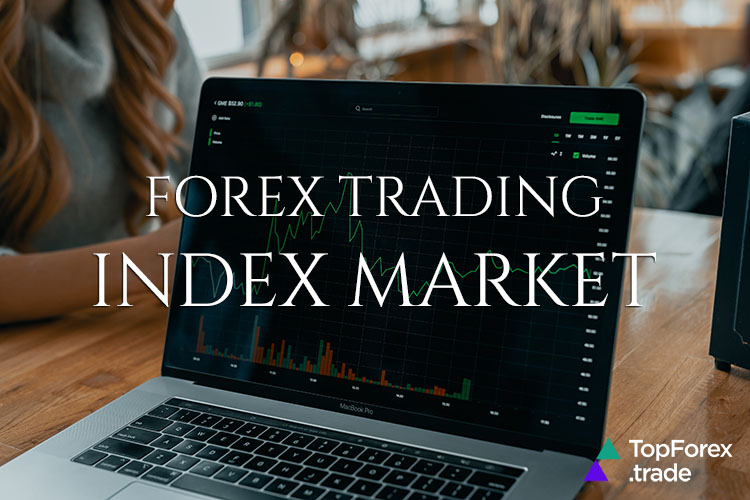
For a long time now Forex has become not only about currencies: it is a wide variety of instruments that give traders the opportunity to diversify risks, as well as choose a trading portfolio for their strategy. One of the most popular Forex trading instruments is stock indices.
An index (stock index) is an indicator of the average value of the price of a certain set of instruments, for example, shares of various companies combined into one group, calculated by various rating agencies and organizations.
When studying an index, it is important to pay attention to what stocks or bonds it is formed from. It is the set of securities included in the list, on the basis of which the index is calculated, that determines what information can be obtained by observing the dynamics of this index.
The first stock index appeared in 1884, and its creator was the American financial journalist Charles Dow. The index, known today as the Dow Jones Industrial Average, was calculated based on the quotes of the 11 largest transportation companies in America at that time. Until 1896, it was called the Dow Jones Transportation Index.
Why indices are important for Forex trading?
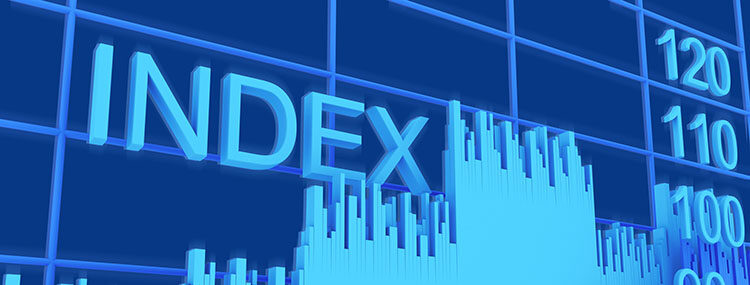
The main purpose of compiling a stock index is to create an indicator with which traders could characterize the general direction and speed of movement of stock quotes of companies in a particular industry.
Studying the dynamics of indices helps participants in exchange trading to understand the impact on quotes of certain events: if, for example, an increase in oil prices occurs, then it is logical to assume an increase in quotes of all oil companies. Shares of different companies grow at different rates, and the index helps to understand the general trend of the movement of a market segment without the need to assess the position of many disparate companies.
Comparison of indices among themselves gives an understanding of how different sectors of the economy are traded on the market.
In addition to market analysis, indices can be a great tool to make money. For this, various derivative instruments are used to earn on the price movements of indices, not only ascending but also descending. Such instruments can include CFD contracts, futures, and options.
Index classification in Forex trading

There are many stock indices for solving specific problems, which are classified according to various criteria:
Forex indices by assets type
This group includes indices of stocks and bonds, commodities, as well as indicators of the money market, Cryptocurrency, and others.
Forex indices by the level of diversification
Indices can be used on a variety of scales: from a small number of securities of a particular sector to an assessment of the situation of the entire global stock market. They may also cover the market of a specific country or region.
For example, FTSE 100 (FTSE) is an index of the London Stock Exchange, the largest in Europe, which is calculated taking into account the value of shares of 100 companies with the largest trading volumes on the exchange.
Forex indices by the formation method
This includes weighted indicators:
- by the share of capitalization in the economy;
- by the number of shares in free float;
- by GDP of issuing countries (used for government bonds);
- equally weighted (with the same share of all assets).
Forex indices by type of return
- The total return index reflects the return on investment in a portfolio similar to its basket. The difference from the yield index is the inclusion in the cost of dividend payments. If these payouts exceed the overall price drop, then the dynamics of the instrument’s values will be positive.
- Price indices take into account only the dynamics of the value of assets included in the stock index.
Forex indices by producers
Another feature by which indexes are classified is the compiling companies. Depending on who calculates the value of the indicator, they can be:
- agency (for example, indices calculated by the S&P rating agency – New York, information provider Center for Research in Security Prices – Chicago, financial company FTSE Russell Group – London, Japanese newspaper Nikkei, etc.);
- stock exchanges (New York NASDAQ, Chicago Stock Exchange, the largest stock exchanges in Europe – the pan-European stock exchange Euronext, London, Paris, Switzerland, and Asia – in Tokyo, Hong Kong, Shanghai, etc.);
- brokerage companies.
How stock index is calculated
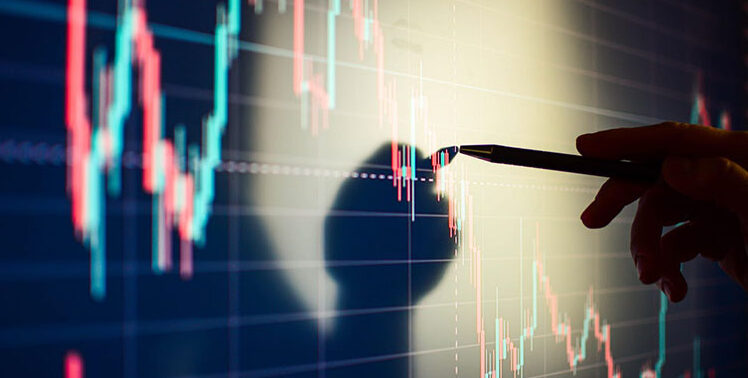
There are three most common methods to calculate indices: the arithmetic mean, the weighted arithmetic mean, and the geometric mean.
According to the arithmetic mean method, to calculate stock indices, you need to sum up the value of all shares included in the index and divide the resulting value by the number of shares. It is used to calculate the world-famous and widely used Dow Jones indices.
To calculate the index based on the arithmetic weighted mean, an additional component is taken into account, and most often this weighting occurs by equating the weights of company shares. That is, the value of all shares is not simply summed up and divided by their number, but the share of the security in the total capital of the company is also taken into account.
The geometric mean for calculating the index is as follows: you should first multiply the value of all shares of the index, and then take the root of the x-th degree, where x = the number of shares.
How to make a profit trading Forex indices
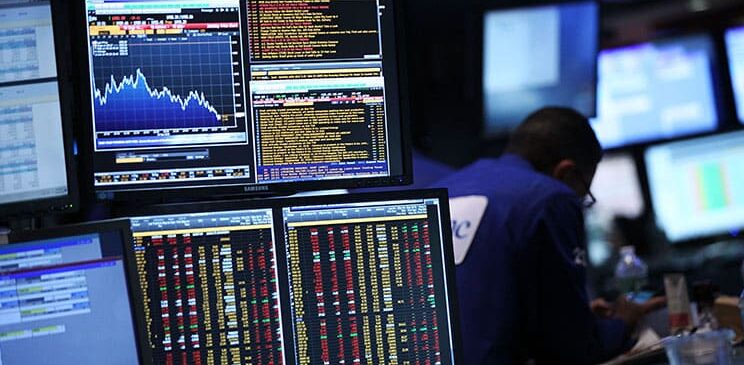
In Forex trading, the index itself can neither be bought nor sold, but brokers offer to trade index derivative products like CFDs using leverage and margin, that is, the company’s traders open deals on the growth or fall of the index, which allows earning at any situation in the market without large start-up capital.
Trading stock indices practically doesn’t differ from trading other assets; the trading platform displays course charts and uses the same methods of instrument analysis.
Besides, it is believed that Technical analysis is more suitable for indices since the asset is based on calculating the average value of company shares. However, one should not forget about Fundamental analysis, especially about financial news and regional factors.
Trading indices are quite attractive to traders for many reasons. First, the indices are made up of liquid stocks of large companies, which will allow market participants to easily buy and sell indices and their derivatives. Secondly, traders can track the spread of the index, that is, the difference between the sale and purchase price, and capitalize on market volatility. Also, you use long and short positions when trading indices, which allows hedging market risks.
Indices trading: case study
One of the most convenient and popular ways to trade indices is a contract for difference (CFD), which allows you to profit from the difference in prices between the opening and closing of a transaction. Using CFDs to trade indices will allow you to go long or short in the market without having to deal with exchanges. Whether you have a positive or negative outlook for the index, you can benefit from price movements up or down.
When trading options on an index, the trader’s task is to determine when it is most profitable to sell.
For example, a trader believes that the index will rise shortly. He buys options with an expiration date of 3 months, at the time of purchase, he pays a commission. If the index rises by the expiration date, then it will be possible to purchase at the price indicated in the documents in advance, which will allow the trader to earn. If the forecast is incorrect, then the amount of the loss will be equal to the amount paid at the time of the commission purchase.
Besides, to buy and sell indices without a huge investment, there was created the ETF (Exchange Traded Funds). These are foreign exchange-traded investment funds, which are a portfolio of stocks or other assets that completely repeat the composition of the target index. ETFs with good liquidity and tight spreads are a great tool for trading and making money. One of the most liquid is SPY – an ETF for the S&P 500 index – an actively traded index of the US broad market.
Stock index futures are another profitable way to make money on indices. Futures contracts are an agreement to buy or sell the value of an underlying asset at a specific price on a specific date. In this case, the underlying asset is pegged to the stock index. Index futures are not delivered at expiration, but cash is settled daily, which means that traders also earn daily on the difference in value.
Common Forex indices trading strategies
Short-term trading with a scalping strategy is possible with a volatile movement in the price of indices. Some stock indices, like the S&P 500, move more than 3% per day, and such dynamics can persist for several trading sessions on the exchange. The volatility of indices makes it possible for traders to earn on the market: with large price fluctuations, the difference in the purchase and sale prices, on which you can make a profit, increases.
Day trading is a fairly common way for transactions with indices. It implies that the trader sets marks on the minimum and maximum values of the previous trading day, while the take profit is fixed at the level of 1/3 ATR for the last 20 days. In the case when the lower level is crossed, a sell order is opened, if the upper one is, then a buy order. The peculiarity of the strategy is that trading takes place in real-time, and pending orders are not set in this case.
Protecting your trading with hedging. For example, the date of the announcement of the annual results of Google is approaching. The trader does some analysis and is confident that the results will be positive and that this will lead to a significant increase in the value of Google stocks. Of course, a trader will want to “go long” Google by buying stocks or CFDs in order to get the upside profit that a trader expects from stocks. At the same time, the economic situation may not be stable, and the trader fears that some news may pull the market down and affect Google stocks. One way to make a profit is to “go long” with Google and then protect yourself from market risk by selling the most current market index such as the S&P 500.
Top of famous world indices in the Forex market
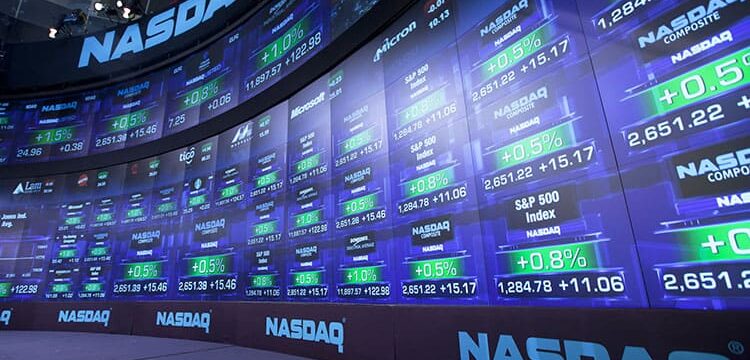
The most famous common indices that are on the international stock market include:
- The USA. S&P 500 (SPX) – quotes of 500 shares of the largest companies in the US stock market.
- The USA. Dow Jones Industrial Average (DJIA) – quotes for 30 industrial stocks traded on the New York Stock Exchange.
- The USA. NASDAQ Composite (IXIC) – the rate of 3 thousand ordinary shares traded on the NASDAQ exchange.
- Great Britain. FTSE 100 (FTSE) – shares of the hundred largest companies listed on the London Stock Exchange.
- Germany. DAX – quotes 30 shares of the largest German companies by capitalization.
- France. САС 40 – 40 most significant companies traded on the Euronext Paris stock exchange.
- Japan. Nikkel 225 (N225) – shares of the 225 most highly liquid companies on the Tokyo Stock Exchange.
- China. Shanghai Composite (SSEC) is an index that includes shares of all companies listed on the Shanghai Stock Exchange.
Secure Forex indices trading with VPN
Trading indices and other financial instruments can be complicated by intrusions if you are using an unsecured public Wi-Fi network. In order to solve the problem with the safety of personal data, bypass geo-blocks, and also remain anonymous for both the government and other Internet users, the best choice would be to use Top VPN services for Forex trading.
VPNs encrypt your traffic and redirect it through one or more countries to cover the traces of your presence on the Internet. In addition, the transaction speed is always consistently high for Forex trading without delays due to the huge worldwide servers network.
By connecting to a VPN, you solve several problems at once and also open up access to blocked content, such as Netflix or BBC, which will be a nice addition to protecting sensitive information and anonymity.
Top Forex brokers for index trading
Trading stock indices can be very attractive for a trader because the index is a widely diversified financial instrument, showing the state of affairs in the industry as a whole, and doesn’t depend much on the stock price of a single company included in it.
To start trading indices, you need to choose reliable brokers regulated by the strictest global financial authorities with convenient platforms, a wide range of indices and derivatives, as well as the possibility of Copy trading, various Forex bonuses for initial deposits, and a demo accounts for the practice. We compared brokers according to all the above criteria and compiled the Top brokers for Forex index trading:
eToro Forex index trading
eToro offers derivatives trading on popular indices such as GB (FTSE 100), France (CAC 40), Germany 30 (FDAX), EU Stocks 50 (FESX), NASDAQ 100, S&P 500, Dow Jones (DJIA 30), and many others. In addition to indices, traders can choose stocks, commodities, Cryptocurrencies, ETFs, and options to diversify their portfolio and trade for maximum profit.
eToro is one of the best brokers that have this unique CopyTrading tool that allows newcomers traders to select an experienced colleague and replicate their trading strategy.
The market can be accessed through eToro’s own platform which is available through desktop and mobile versions on two types of Retail and Professional Client accounts with protection against negative balance and access to all financial instruments.
The company is a renowned brokerage provider worldwide as the broker monitors the security of transactions and strictly follows the rules of regulators such as the FCA, ASIC, SFSA, and CySEC.
XM Group Forex index trading
XM Group offers its clients a variety of instruments for trading in demanded indices, including Amsterdam Exchange (AEX), GB (FTSE 100), France (CAC 40), Germany 30 (FDAX), EU Stocks 50 (FESX), NASDAQ 100, S&P 500, Dow Jones (DJIA 30), Japan 225 (Nikkei), etc. In addition to derivatives, more than 1000 trading instruments are also available in the cabinet, such as currency pairs, CFDs, commodities, precious metals, energies, and stocks.
Traders are free to choose multiple types of accounts with negative balance protection and tight spreads: Micro, Standard, XM Ultra Low, and Shares. Beginners can start with a demo account that exactly repeats all the functions of real ones to gain experience and start trading live soon.
Regarding terminals, there are two of them: MT4 and MT5. All processes are carried out not only in the desktop version but also in the mobile app. Besides, the availability of free VPS service provides traders with uninterrupted work.
XM Group serves its clients in almost 200 countries, being licensed by such reputable regulators as ASIC, CySEC, IFSC, and DFSA. The broker will also delight you with a 100% automatic Forex bonus (details may depend on your geographic location).
AvaTrade Forex index trading
AvaTrade is a broker whose wide selection of instruments includes CFDs, Cryptocurrencies, commodities, and indices. Among the indices, there are such as GB (FTSE 100), France (CAC 40), Germany 30 (FDAX), EU Stocks 50 (FESX), NASDAQ 100, S&P 500, Dow Jones (DJIA 30), Japan 225 (Nikkei), so that traders have plenty to choose from.
There are two types of accounts available to clients: real and demo. Traders can enjoy competitive spreads and leverage offerings on real ones, and the demo allows you to practice your trading skills with 100 thousand virtual dollars.
The broker has a lot of platforms to work with MetaTrader 4/5, WebTrader, AvaOptions, AvaSocial – a CopyTrading platform, AvaTradeGo, and Auto Trading – platforms for automatic trade, including ZuluTrade and DupliTrade. For the convenience of traders, AvaTrade also introduced a mobile application for iOS and Android.
AvaTrade has been licensed in several jurisdictions and is regulated by trustworthy commissions like MiFID, ASIC, Japan FSA, and FSB.
Plus500 index CFDs trading
Plus500 is a regulated CFDs broker that provides free real-time index quotes as well as a variety of index trading tools such as contracts for difference, options, and ETFs. In addition, the broker offers more than two thousand financial instruments for trading on a real and unlimited demo account to work out new strategies and try different instruments.
Plus500 has developed its intuitive trading terminal, available in two versions: a web terminal for PCs and laptops and a mobile app for Android and iOS.
Plus500 pays special attention not only to trading conditions but also to the security of all transactions, which is guaranteed by strict rules of regulatory bodies such as CySEC, FCA, ASIC, and others that have issued licenses to the broker.
82% of retail investor accounts lose money when trading CFDs with this provider. You should consider whether you can afford to take the high risk of losing your money.
HF Markets Forex index trading
HF Markets, known as HotForex before rebranding, is a good choice for trading various financial instruments including dozens of European, American, and Asian indices. In addition, the broker has excellent conditions for Forex Gold trading, including low transaction costs and flexible leverage.
The company has provided MT4 and MT5 terminals for successful trading, which are available on desktop, web, and mobile versions for Windows, iOS, macOS, and Android. HF Markets has different types of accounts to suit all needs: Micro, Premium, Fixed, VIP, and Zero Spread. In addition, traders can use a special HFCopy platform to follow the strategies of successful traders while the latter can profit from sharing information.
Also to get acquainted with the platform and practice trading strategies there is always a demo account with a virtual balance of $100 000.
HF Markets is regulated primarily by CySEC in Europe. In addition, the broker has FCA (UK), FSCA (South Africa), DIFC (Dubai), and SFSA (Seychelles) licenses that guarantee transparent trading.
Forex indices trading - FAQ
